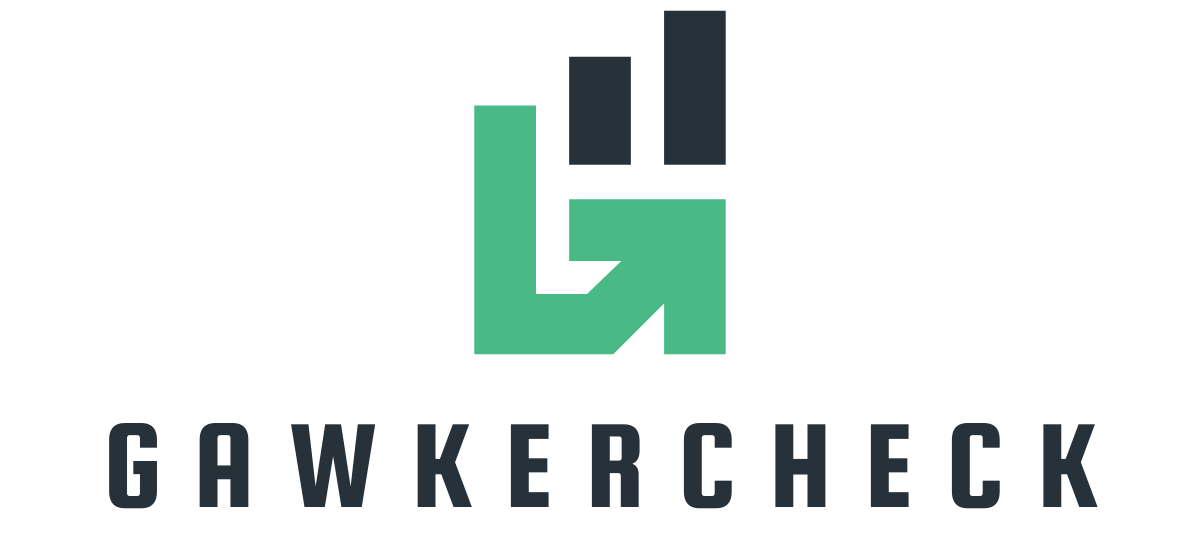In a world where coffee costs more than a small fortune and avocado toast is practically a luxury item, managing finances can feel like a high-stakes game of Monopoly. Enter digital budget planners—the unsung heroes of personal finance. These handy tools don’t just help track spending; they transform budgeting from a chore into a breeze.
Table of Contents
ToggleOverview Of Digital Budget Planners
Digital budget planners serve as effective tools for managing personal finances. They streamline the process of tracking income and expenses, making financial management accessible to everyone. Many planners offer user-friendly interfaces that simplify data entry and analysis.
Features of digital budget planners often include customizable categories for expenses. Users can set specific budgeting goals, which fosters accountability. Additionally, these planners provide visual representations of spending patterns, allowing individuals to identify areas for improvement.
Compatibility with multiple devices enhances the appeal of digital budget planners. People can access their budgeting tools on smartphones, tablets, or computers, making it convenient to update and monitor finances anywhere. Real-time syncing across devices ensures that users always have the most current information at their fingertips.
Several popular digital budget planners on the market cater to different needs. Many applications offer free versions with essential features, while premium versions include advanced functionalities. Examples of widely-used planners include Mint, YNAB (You Need a Budget), and PocketGuard, each with unique strengths tailored to various financial strategies.
Incorporating digital budget planners into daily routines can facilitate better financial habits. By encouraging regular check-ins and adjustments, these tools support informed decision-making. Transitioning to a digital format empowers individuals to take control of their financial health, leading to improved budgeting outcomes over time.
Features To Consider
Several features enhance the effectiveness of digital budget planners. Understanding these aspects helps users select the right tool for their financial needs.
User Interface Design
A user-friendly interface simplifies navigation, allowing users to access features effortlessly. Intuitive designs reduce the learning curve, promoting frequent use. Visually appealing layouts engage users and encourage consistent interaction. Responsive designs adjust well to various devices, ensuring accessibility on smartphones, tablets, or computers.
Integrations With Other Tools
Integrating with banking apps automates transaction tracking, minimizing manual entry. Compatibility with popular platforms, like PayPal or Venmo, enhances functionality and streamlines budgeting. Some planners sync with investment accounts, offering a holistic view of finances. Connecting with financial tools such as accounting software can elevate the overall budgeting experience.
Customization Options
Customization options empower users to tailor the budgeting experience to their unique preferences. Setting personalized expense categories allows for specific tracking of spending habits. Users can adjust budget goals based on financial objectives, enhancing motivation. Visual elements, like charts and graphs, can be personalized to help identify trends and areas for improvement easily.
Benefits Of Using Digital Budget Planners
Digital budget planners provide several advantages, making financial management more straightforward and effective.
Increased Accuracy
Increased accuracy becomes evident with digital budget planners. Users can input financial data directly, reducing human error associated with manual entry. Automated transaction imports from bank accounts ensure real-time updates, which eliminates inconsistencies. These tools often categorize expenses correctly based on established patterns, enhancing precision in tracking spending. Reports generated by planners provide clear insights into income and expenses, identifying discrepancies easily. Users benefit from accurate financial projections, making it simpler to assess future cash flows. These features collectively promote confident financial decision-making.
Enhanced Financial Awareness
Enhanced financial awareness is another key benefit of digital budget planners. Visual representations of spending patterns allow users to see where their money flows. Users gain insights into habitual spending, especially in discretionary categories such as dining and entertainment. Regular updates and alerts prompt users to review their budgets, reinforcing accountability. Users often set specific financial goals, fostering a greater understanding of their financial progress. Education on financial management arises through the analysis of trends within the platform. The overall experience empowers users to make informed spending decisions, leading to better financial health.
Popular Digital Budget Planners Reviewed
Several digital budget planners stand out in the market, each offering unique features and advantages to help users manage their finances effectively.
Planner 1: Key Features and Pros
Mint stands out with its intuitive interface and robust features. Users appreciate real-time syncing across devices, ensuring financial data remains current. The integration with banking apps simplifies the tracking of expenses through automated transaction imports. Customizable budget goals help users align their spending with financial objectives. Visual spending patterns provide insights into financial habits, promoting better decision-making. As an added bonus, Mint’s alerts keep users informed about bill due dates and budget limits.
Planner 2: Key Features and Pros
YNAB, or You Need a Budget, emphasizes proactive budgeting through its unique method. This planner encourages users to assign every dollar a job, fostering financial discipline. Users benefit from its detailed reporting features, which highlight progress over time. Community support enhances the experience, giving users access to workshops and resources. Multiple-platform compatibility ensures financial data is accessible whether on a smartphone or desktop. With YNAB, users often achieve greater financial stability through its goal-oriented approach.
Planner 3: Key Features and Pros
PocketGuard shines with its simplicity and focus on spending limits. Users can quickly categorize expenses and generate reports that reflect financial standing. The “In My Pocket” feature clearly shows how much money is available for discretionary spending. Integration with banks automates transaction updates, simplifying financial tracking. PocketGuard also keeps users aware of upcoming bills, promoting accountability in spending behavior. Its streamlined design appeals to individuals seeking an uncomplicated budgeting tool.
Digital budget planners are transforming the way individuals manage their finances. By simplifying the budgeting process and providing real-time insights, they empower users to take control of their spending habits. With features like customizable categories and visual tracking, these tools foster a deeper understanding of personal financial situations.
Choosing the right planner can significantly enhance financial management. Whether it’s Mint’s intuitive interface or YNAB’s proactive approach, there’s a solution for every need. Embracing digital budget planners not only leads to better budgeting outcomes but also promotes healthier financial habits over time. Adopting these tools is a step toward achieving financial well-being and peace of mind.





